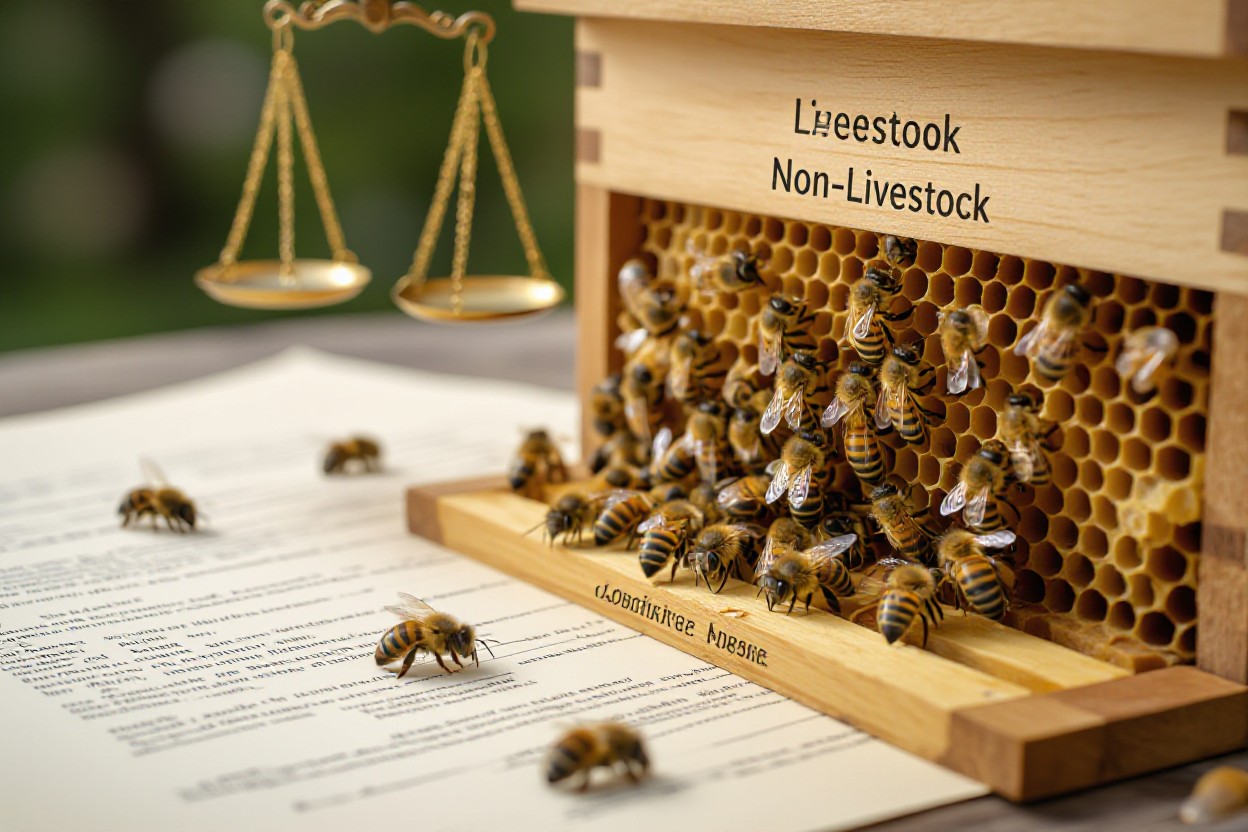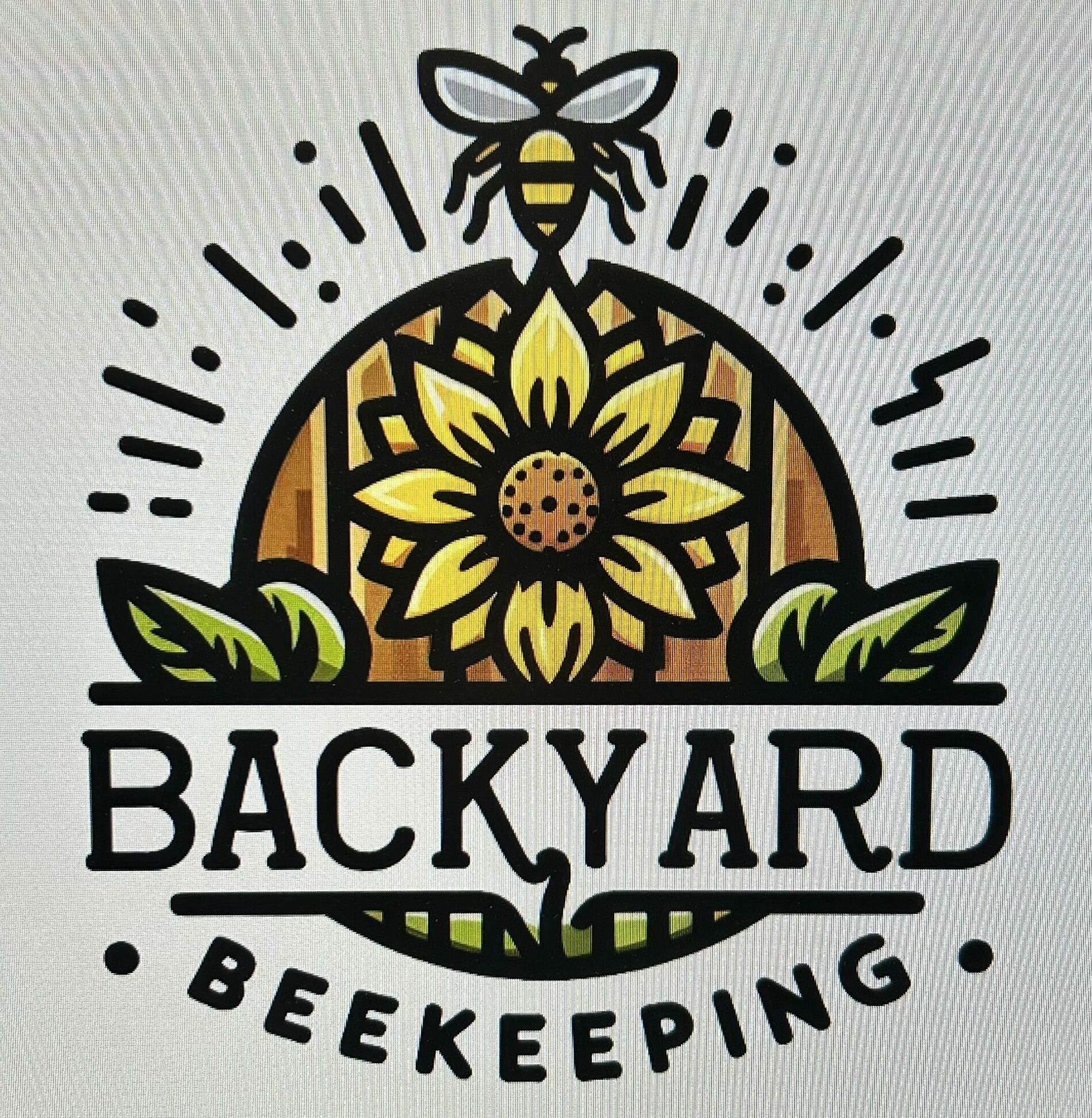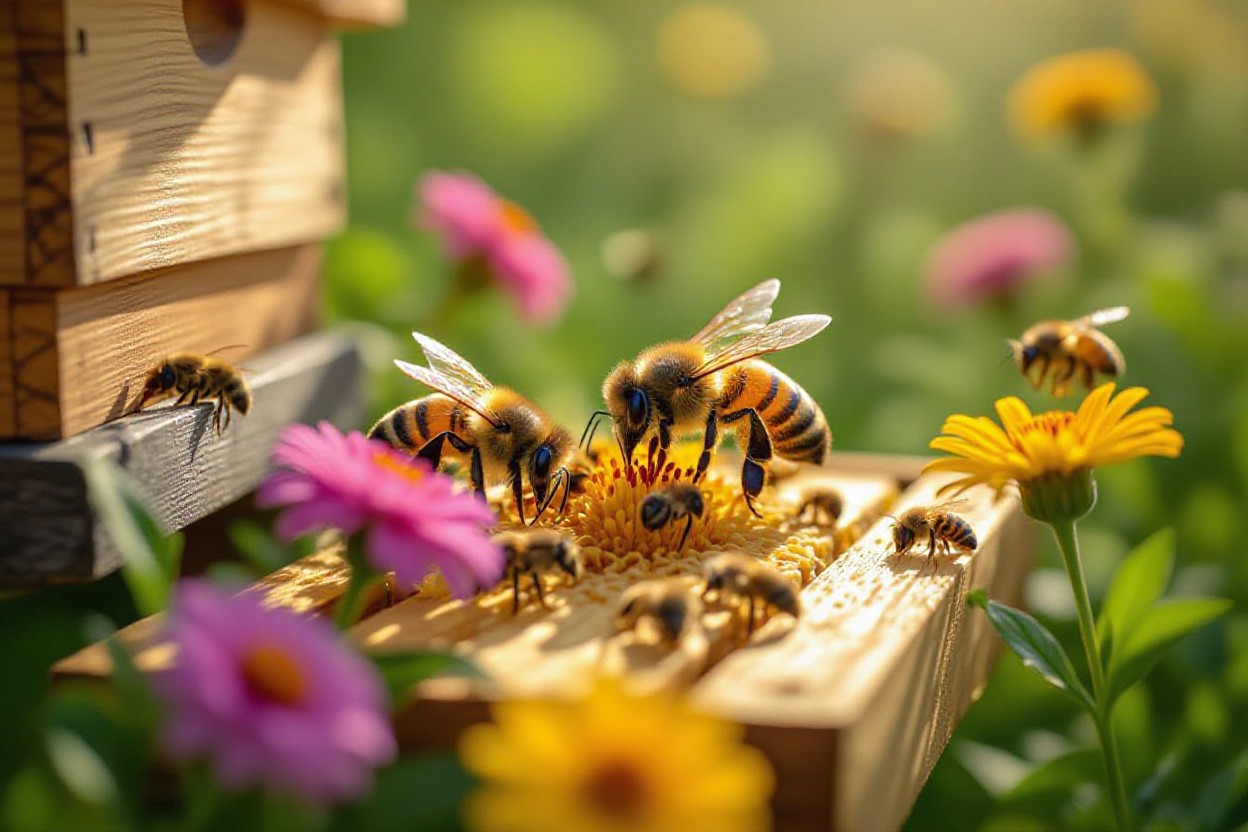Over recent regulatory debates, you need to know that honeybees are often treated like livestock for agricultural and tax purposes: USDA and the National Organic Standards Board have moved toward livestock classification, the IRS counts beekeeping as farming, and many states grant agricultural property and tax exemptions for hives. However, legal definitions vary by jurisdiction—some treat bees differently—so you should verify your local rules before assuming uniform livestock status.
Key Takeaways:
- Federal agencies and major organizations (USDA, National Organic Standards Board proposal, AVMA) generally treat honeybees as livestock/food‑producing animals and classify beekeeping as an agricultural activity for regulation and tax purposes.
- Legal and tax treatment varies by jurisdiction—many places grant agricultural status or exemptions for beekeeping, while others apply different rules (sales tax differences, unique rulings such as California’s classification anomaly).
- Bees are managed primarily for honey, pollination and related products and are regulated as agricultural/working animals, yet they often do not receive the same welfare protections as conventional livestock.

Legal Classification of Honeybees
Definition of Livestock
You should understand that livestock is typically defined as domesticated animals raised for food, fiber, labor or other agricultural products; agencies list cattle, sheep, pigs, goats and horses as core examples. Federal bodies have extended that concept to honeybees because their products—honey, pollen, royal jelly and propolis—enter the human food chain, and the IRS treats beekeeping as farming in Publication 225 for tax purposes.
Government Regulations and Classification
You’ll find that federal and state authorities vary: the USDA and AVMA treat bees as agricultural/livestock for regulation, the IRS counts beekeeping as farming, while states differ on taxes and property appraisal—Massachusetts taxes bee sales, Florida allows agricultural property valuation for beekeeping, and California courts have issued unique classifications to protect bees. Disease control, movement restrictions and labeling rules follow those classifications.
You need to note concrete policy steps: the NOSB asked the USDA Livestock Committee to draft organic honey rules, and eligibility for livestock feed-loss or grazing-loss benefits depends on meeting statutory livestock conditions. Many counties require specific hive counts to qualify for ag valuation (commonly three hives per acre, sometimes up to ten), and new apiarist income exemptions can make pollination revenue tax-exempt in certain jurisdictions.
Organic Standards and Honeybee Classification
You should expect that classifying honeybees as livestock changes organic certification: the NOSB proposal and USDA rulemaking aim to apply livestock-style standards to hive management, impacting allowable medications, record-keeping and habitat requirements for organic honey and bee products.
You’ll face practical implications if rules shift: organic standards could limit use of antibiotics and synthetic acaricides, require documented forage sources and hive traceability, and complicate migratory beekeeping practices used by thousands to provide pollination services—so your management, recordkeeping and certification costs may increase if honeybees are fully treated as livestock under organic rules.
Economic Perspectives on Beekeeping
Beekeeping as an Agricultural Activity
You’ll find the federal view treats apiculture as farming: IRS Publication 225 explicitly lists beekeeping as a farm activity, and states like Florida allow property-tax agricultural appraisal for bee operations if you meet local hive and acreage rules (commonly 3–10 hives per acre and an April 30 presence deadline). Other countries, including Canada and Australia, also classify bees under agricultural regimes, so your production income, pollination fees, and qualifying land use can flow through agricultural support and exemptions.
Income Tax Considerations for Beekeepers
If you operate commercially, the IRS expects you to report beekeeping on Schedule F when it’s a farming activity and may treat pollination service income as exempt in some state regimes (for example, B&O exemptions for eligible apiarists). Sales taxation varies: some jurisdictions tax sale of live bees (Massachusetts) while pollination services or bees for pollination may be zero-rated elsewhere; you should track classification by state and purpose.
More specifically, you must distinguish hobby from business under the IRS’s profit-motive tests (the common standard is showing profit in 3 of 5 years). Keep contemporaneous records of hive counts, sales (honey, nucs, pollination contracts), and deductible expenses (feed, equipment, travel, varroa treatments). You can depreciate hives and extractors, deduct operating losses if you meet farming criteria, and may owe self-employment tax on net profit—consult a tax pro to apply Schedule F, farm credits, and state rules to your operation.
Investment and Return on Bees
Think of colonies as capital units: you invest in hives, bees and equipment, then recoup via honey sales, nuc/queen sales, and pollination contracts. Typical commercial pollination fees have ranged near $150–$250 per colony for crops like almonds, while retail honey values and local market prices vary—so your revenue mix determines overall return.
In practice, startup per hive (box, frames, basic tools, bees) commonly ranges $300–$700, with annual operating costs around $100–$250 per colony for feed, treatments and labor. If you average 30–60 lb of honey per colony and realize $5–8 per pound retail or wholesale-equivalent revenue, honey income can range $150–$480 per hive; adding pollination contracts (e.g., ~$200/colony) or nuc sales improves margins. You must factor in average winter losses (U.S. national averages have been 20–40% in recent years), replacement costs, and price volatility—diversifying income (honey, pollination, queens, wax products) lowers risk and helps reach positive ROI faster.
Comparative Analysis of Livestock Categories
| Traditional livestock | Examples: cattle, sheep, pigs, goats, horses. Managed as individual mammals with head counts, raised for meat, milk, fiber and draft. Subject to USDA livestock definitions (see §780.120), established welfare/traceability rules, and common insurance/product markets. |
| Honeybees | Managed as colony units (hives of ~20,000–60,000 workers). Produce honey, pollen, propolis and pollination services. USDA/NOASB have moved to treat apiculture as agricultural; IRS Pub. 225 treats beekeeping as farming. Legal classifications vary by jurisdiction. |
| Tax & valuation | Beekeeping can qualify for agricultural valuation and tax credits in many jurisdictions. Typical requirements: 5–20 acres for ag valuation in some states and minima of ~3–10 hives per acre in county rules. Pollination income is exempt in some places; sale of bees may be taxable (e.g., Massachusetts). |
| International treatment | Canada and Australia treat apiculture within agricultural frameworks (Australia: ITAA 1997 treats honey production as trading stock). California court rulings have uniquely reclassified bees for protection. Export/import rules, residue limits and traceability vary by country. |
| Disease, welfare & programs | Regulation often focuses on disease prevention and tracking (varroa, foulbrood) rather than classic livestock welfare standards. Disaster relief and feed/grazing loss programs have differing inclusion of apiculture—check specific program rules. |
Traditional Livestock versus Honeybees
You manage cattle or sheep by head and pasture metrics, with production measured in pounds of meat or gallons of milk; bees are managed by hive counts and seasonal movements, with outputs like pounds of honey and pollination contracts. Regulation, insurance, and welfare frameworks diverge: livestock often fall under uniform USDA rules and livestock markets, while apiculture sits at the intersection of agriculture, plant health and specialized apiary regulations.
Global Perspectives on Beekeeping
You’ll find wide divergence: the U.S. treats beekeeping as agriculture (IRS Pub. 225) and the NOSB/USDA have moved to regulate honey as livestock-produced, Australia treats honey production as trading stock under ITAA 1997, and Canada includes apiculture in provincial agricultural programs. Tax, labeling and subsidy rules differ sharply between jurisdictions.
For example, about 2 million migratory colonies are mobilized annually to California for almond pollination, illustrating how national commodity systems drive cross-state bee movement and regulation; the EU enforces honey traceability and residue limits, while some states require minimum hive counts or acreage for ag valuation—details that directly affect your business model and compliance obligations.
Distinction Between Livestock and Non-Livestock
You distinguish livestock by intentional domestication for food, fiber or labor (cattle, pigs, sheep under §780.120), counted and regulated by head; non-livestock categories (pets, most wild species) lack those commercial production metrics. Bees occupy a hybrid space: economically productive like livestock, biologically insects with colony-level management.
That hybrid status matters for program eligibility: livestock feed-loss and grazing-loss payments require specific maintenance and purpose conditions, and not all disaster or subsidy programs treat bees the same as mammals. You must review program definitions—some include honeybees explicitly, others apply plant-health or apiculture-specific rules—so classification determines access to relief, tax treatment and regulatory obligations.
Beekeeping’s Role in Agriculture
Pollination Services and Their Value
You rely on honeybees for pollination that supports about one-third of the food you eat; in the U.S. their services are valued at over $15 billion annually. Commercially, you’ll see this most clearly in almonds—California rents roughly 1.6 million colonies each season—while apples, blueberries and canola routinely show large yield boosts when your hives are present and managed for timed pollination contracts.
Environmental Contributions of Honeybees
You benefit from honeybees beyond crops: they enhance wild plant reproduction, support hedgerow and meadow biodiversity, and help stabilize ecosystem services that sustain soil and wildlife. Approximately 75% of leading global food crops depend in part on insect pollination, so your hive placements influence both agricultural and natural landscapes.
Field studies show managed honeybees can increase crop set and quality—yield gains often range from about 20% to 90% depending on crop and density—and your decisions on hive density, placement and timing determine that return. At the same time, you must balance hive numbers to avoid competition with native pollinators and limit pathogen spillover by monitoring for varroa, Nosema and other diseases.
Regulatory Guidelines for Beekeeping Practices
Your beekeeping is shaped by federal and state rules: many states require apiary registration, movement permits for interstate pollination, and mandatory disease reporting or inspections. The USDA and agencies have issued tracking, labeling and organic-honey rulemaking, and tax guidance (IRS Publication 225) treats beekeeping as a farming activity for eligibility and deductions.
Practically, this means you should register hives with your state ag office, obtain movement permits when transporting colonies across jurisdictions, and comply with inspections for American foulbrood and varroa controls to avoid quarantines. The National Organic Standards Board’s livestock proposal has already pushed USDA committees to draft organic production standards for honey, so maintaining treatment records and chain-of-custody documentation will keep you compliant and eligible for ag exemptions or pollination-income tax provisions.
Qualification for Agricultural Tax Exemptions
Land Requirements for Farm Classification
If you want property taxed as a farm, many states set no single federal acreage but commonly require between 5 and 20 acres used for agriculture; some programs set 15 acres or require five of the last seven years of agricultural use. You may also need minimum income thresholds or a family ownership history (examples show 25 years for certain preferential valuations). Check your county’s special valuation rules — Farmland Assessment often accepts parcels of 5 acres or more devoted to agriculture.
Beekeeping’s Eligibility for Agricultural Tax Benefits
If you keep beehives, you can often qualify for Ag Valuation: many jurisdictions recognize beekeeping if hives are on the land by the April 30 application deadline, and statutes since Jan 1, 2012 allow valuation without commercial honey sales. Typical local rules require roughly 3–10 hives per acre and may include 1-d-1 Open Space or Special Valuation status; pollination income exclusions and gross-income exemptions for eligible apiarists also appear in recent state laws.
Beyond acreage and hive counts, federal and state tax guidance treats beekeeping as farming — IRS Publication 225 explicitly lists apiculture as an agricultural activity — so your beekeeping can count as farm income for deductions and credits. In practice, Florida accepts beekeeping for property tax agricultural appraisal, some states exempt pollination fees from business taxes, and statutes may treat sale of bees as investment proceeds; always document hive numbers, dates, and income to support your claim.
Local Regulations and Compliance for Beekeepers
Your eligibility also hinges on local compliance: county assessor deadlines, hive-count minimums (often 3–10 per acre), and multi-year agricultural-use proofs are common. Many counties require hive registration, annual inspections, and proof of active management to grant Ag exemptions; failure to meet those procedural rules can disqualify you even if acreage and income thresholds are met.
Expect to follow state biosecurity and movement rules (movement permits, disease reporting), maintain records of hive locations, swarm control and income, and respond to inspections; Massachusetts illustrates variability by taxing sales of honey bees in some contexts while other jurisdictions zero-rate pollination services. Consult your county assessor and keep photographic, inventory and sales records to substantiate both the agricultural use and any tax-exemption claims.
Implications of Legal Classification
Protections Afforded to Honeybees
You gain access to disease-control and regulatory tools when bees are treated like livestock: USDA‑APHIS oversight for interstate movement, state-level quarantine and mandatory reporting for pathogens such as American foulbrood, and eligibility for programs tied to the National Pollinator Health Strategy. In some states court rulings (e.g., California’s novel protections) and pesticide buffer rules also extend extra safeguards, which affect how you place hives and manage pesticide risk on nearby cropland.
Responsibilities of Beekeepers Under Law
You must meet specific obligations: register hives where required, report notifiable diseases, comply with labeling and organic production rules if you market organic honey, and follow tax and agricultural-use criteria (IRS Publication 225, county ag‑valuation rules such as the April 30 presence deadline and typical three‑hives‑per‑acre minima). Noncompliance can trigger fines, destruction orders for infected colonies, or loss of tax benefits.
You also face practical legal duties: maintain records of colony movements and sales, obtain health certificates for interstate or commercial migratory pollination, allow inspections by state apiarists, and adhere to pesticide notification or buffer requirements in many jurisdictions. If you transport hives for pollination contracts, permits and traceability paperwork are commonly required to prevent disease spread and meet buyer or organic-certifier standards.
Impact of Classification on Conservation Efforts
You’ll see both opportunities and tradeoffs: classification can unlock USDA and NRCS funding streams (EQIP, conservation grants) for pollinator habitat, plus incentives to plant native forage strips, yet it may steer policy toward hive productivity and disease control over wild‑bee habitat protection. That shift influences where funds go and how you prioritize managed versus native pollinator needs on working landscapes.
Practically, you should balance hive management with conservation best practices: monitor and mitigate pathogen spillover (Nosema spp., deformed wing virus), space apiaries to reduce disease transmission, and use NRCS-funded seed mixes and bloom‑succession plans to support native bees. Properly applied, classification can increase resources for habitat creation while requiring you to reduce negative impacts on wild pollinators.
Final Words
Presently you should understand that honeybees are commonly treated as livestock or agricultural animals for taxation, regulation, and organic standards in many jurisdictions, though legal classifications vary and some places treat them differently; you must consult local rules for property tax, ag exemptions, and welfare requirements when managing bees or reporting income from apiculture.
FAQ
Q: Are honeybees considered livestock?
A: At the federal level in the U.S. honeybees are commonly treated as livestock/food-producing animals because their products (honey, pollen, royal jelly) enter the human food chain and beekeeping is recognized as an agricultural activity. The National Organic Standards Board has proposed livestock status for bees and the USDA has tasked committees with creating organic production rules for honey. Professional bodies such as the American Veterinary Medical Association have supported viewing bees similarly to other livestock. However, classification is not uniform worldwide or across all laws—some jurisdictions treat bees as non‑traditional or working animals, and isolated rulings (for example, a California court decision) have adopted atypical legal labels to extend protections.
Q: How do different agencies and jurisdictions classify bees?
A: Classification varies by agency and jurisdiction. The USDA treats apiculture as farming; the IRS (Publication 225) recognizes beekeeping as a farming activity for tax purposes. Many states and countries (including parts of Canada and Australia) classify bees under agricultural rules for property and income‑tax treatment. Some tax systems treat colonies or hive sales as investment or trading stock, and pollination services may be zero‑rated or exempt in certain jurisdictions. Other places distinguish bees from traditional livestock or poultry for sales‑tax or welfare statutes. Because laws differ, beekeepers should check local regulations for precise classification and tax treatment.
Q: What practical effects does classifying bees as livestock have for beekeepers?
A: Classification affects taxes, eligibility for agricultural programs, reporting, and regulatory requirements. If treated as livestock or agricultural activity, beekeepers may qualify for farm income tax rules, agricultural property valuations or ag exemptions (often subject to minimum acreage, hive counts, or demonstration of agricultural use), eligibility for livestock loss or grazing loss provisions, and specific labeling or organic‑production rules. Pollination income may be tax‑favored in some locales. Conversely, bees often do not receive the same welfare protections as larger domesticated livestock and may be governed mainly by disease control, conservation, and agricultural regulations rather than animal‑welfare statutes.

